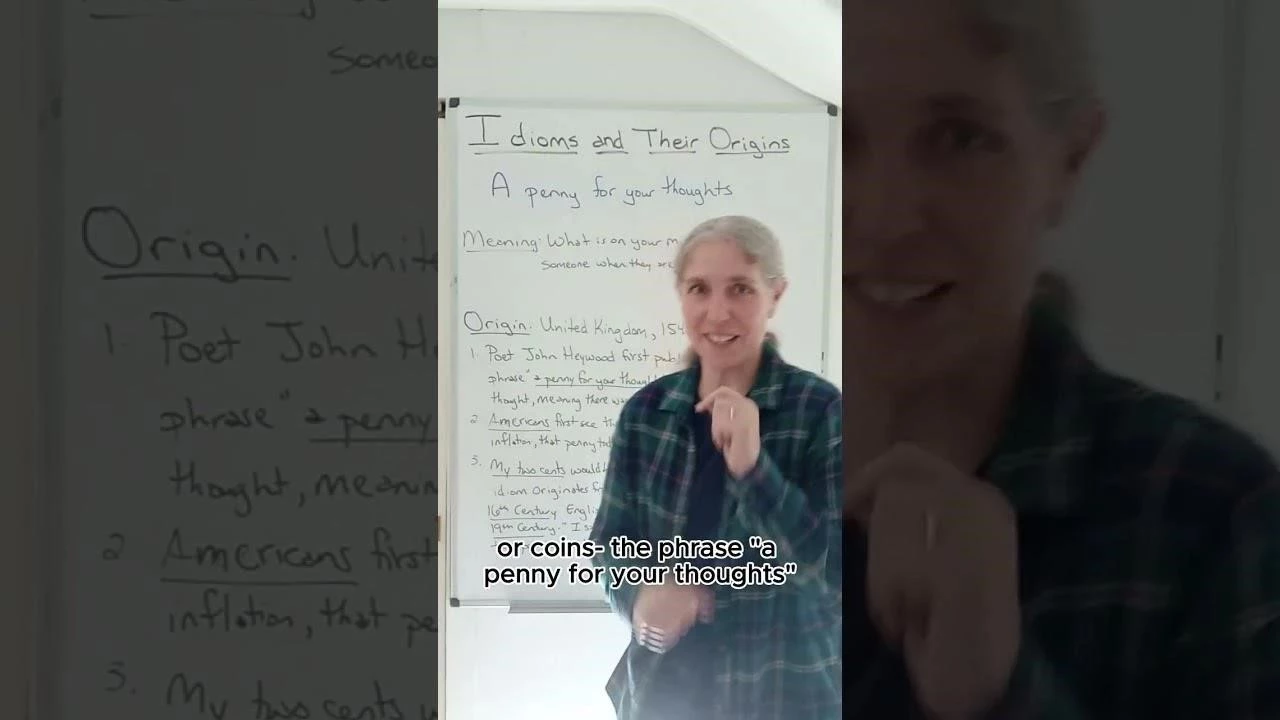The phrase “A penny for your thoughts” might appear quaint in today’s fast-paced, digital world, yet this age-old expression continues to resonate within our conversations and cultural fabric. With origins that trace back to the 16th century, this saying offers a fascinating lens through which we can explore the nuanced interplay between value, expression, and societal change.
The Origins of a Timeless Expression
The earliest recorded use of the phrase “A penny for your thoughts” is attributed to Sir Thomas More in 1522, in his work Four Last Things. It was a time when pennies were of significant value, thus the offer of a penny was a gesture of genuine interest and curiosity. The expression invited individuals to share their innermost thoughts, highlighting a timeless human connection through dialogue.
Value in a Changing Economy
While the literal value of a penny has diminished over the centuries, the metaphorical weight of the phrase endures. In an age where data is the new currency, “A penny for your thoughts” takes on modern significance. It suggests that every thought, every idea, holds potential value—sometimes far beyond monetary measurements.
In economic terms, our thoughts can lead to innovations, strategies, and solutions that drive entire industries. Thus, the phrase subtly acknowledges the inherent worth of personal insights, regardless of the era.
Expression in a Digital Age
The way we communicate has evolved dramatically—from face-to-face conversations to text messages and tweets. Yet, “A penny for your thoughts” implies a yearning for depth and authenticity in exchanges. It serves as a reminder that, even in a world of instant communication, the art of listening and valuing another’s voice remains crucial.
Social media platforms, while often criticized for superficiality, can be seen as modern venues where this age-old expression finds new life. Asking for someone’s “thoughts” in a post or comment section echoes the same curiosity and engagement invoked by this phrase centuries ago.

Revealing the Human Experience
At its core, “A penny for your thoughts” reveals a universal desire to understand and connect. It encourages openness and reflects a belief that every person has something valuable to contribute. This sentiment is particularly poignant in today’s diverse global society, where varied perspectives enrich our collective experience.
The Modern Relevance
In contemporary settings, using the phrase might seem nostalgic, yet it continues to hold relevance. It invites reflection on how we assign value to thoughts and ideas, and how we express interest and empathy towards others. In business, education, and personal relationships, this phrase can foster environments of trust and collaboration.
Conclusion
While “A penny for your thoughts” may have originated in a different era, its implications remain strikingly pertinent. This expression underscores the timeless value of human thought and the enduring power of communication. As we navigate complex modern landscapes, perhaps we can draw from this simple yet profound phrase, remembering to pause, listen, and appreciate the rich tapestry of thoughts that each individual holds.
So, next time you find yourself curious about someone’s silent musings, offer them a metaphorical penny. You might just unlock a world of insights worth far more than their weight in copper.


A fascinating read! The exploration of how this phrase still holds value in our digital age is insightful and thought-provoking.
Great article! It’s interesting to consider how much weight we still place on personal insights despite technological advancements.
“A penny for your thoughts” indeed carries more weight than just its literal meaning. This article does a fantastic job of exploring that depth.
This article beautifully captures the timeless essence of “A penny for your thoughts.” I love how it connects historical context with modern-day significance.
The connection between economic value and personal thoughts is well articulated. This piece offers a fresh perspective on communication.
I appreciate the historical background provided. It’s intriguing to see how a simple phrase from the 16th century remains relevant today.